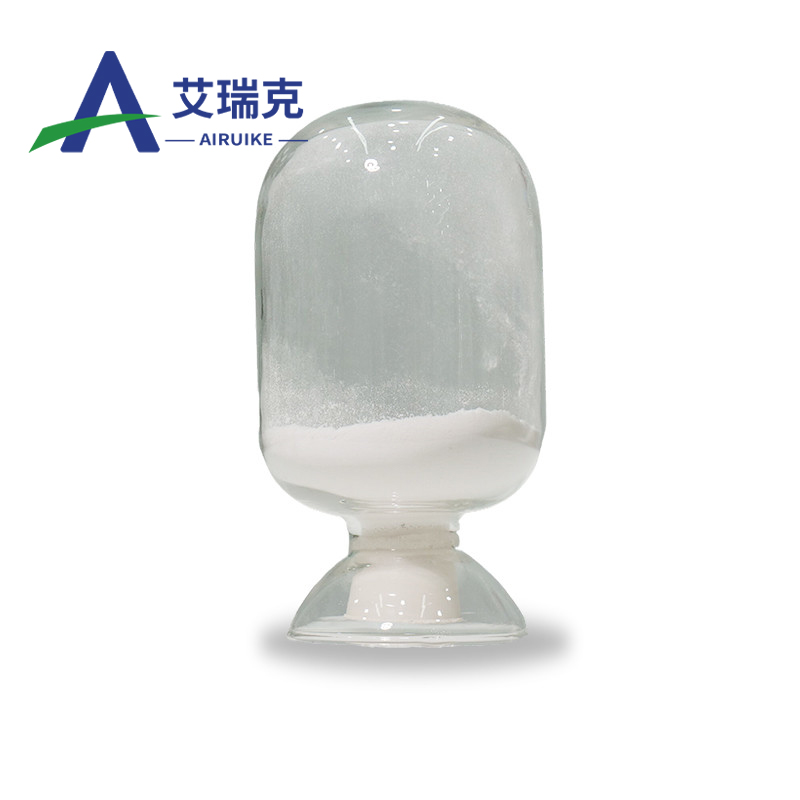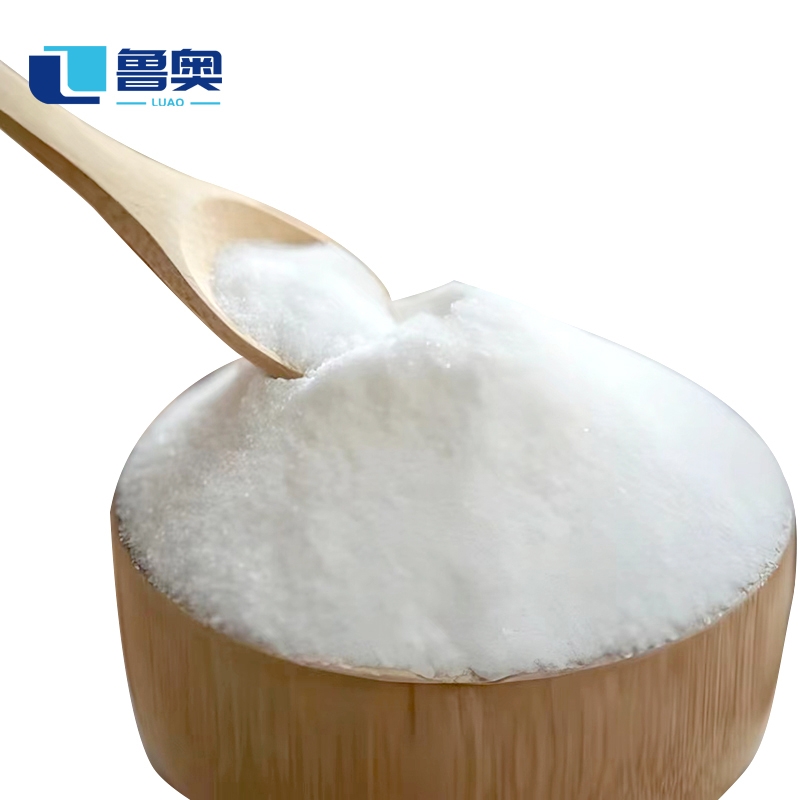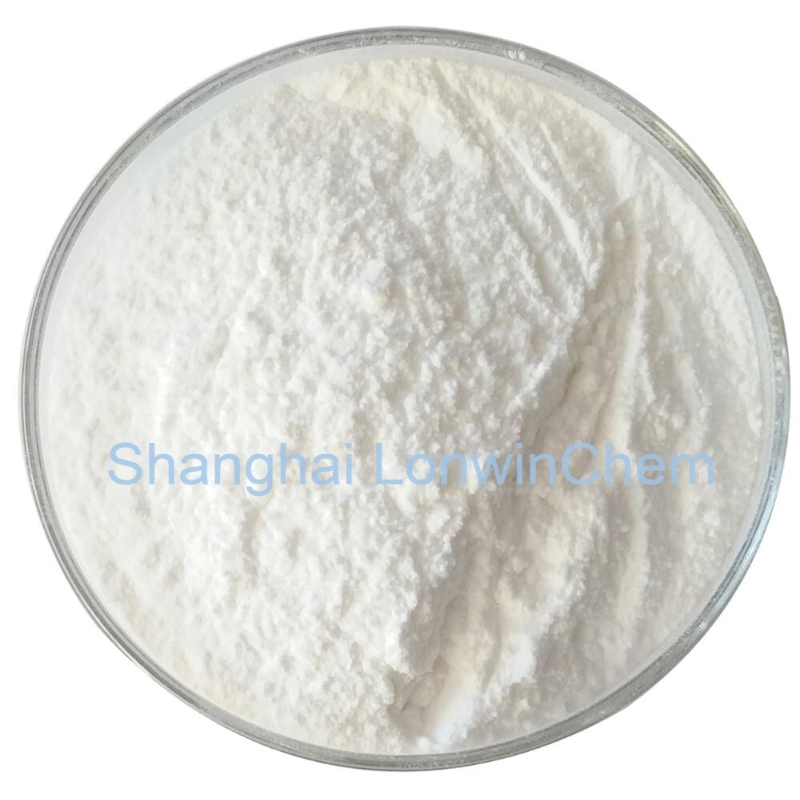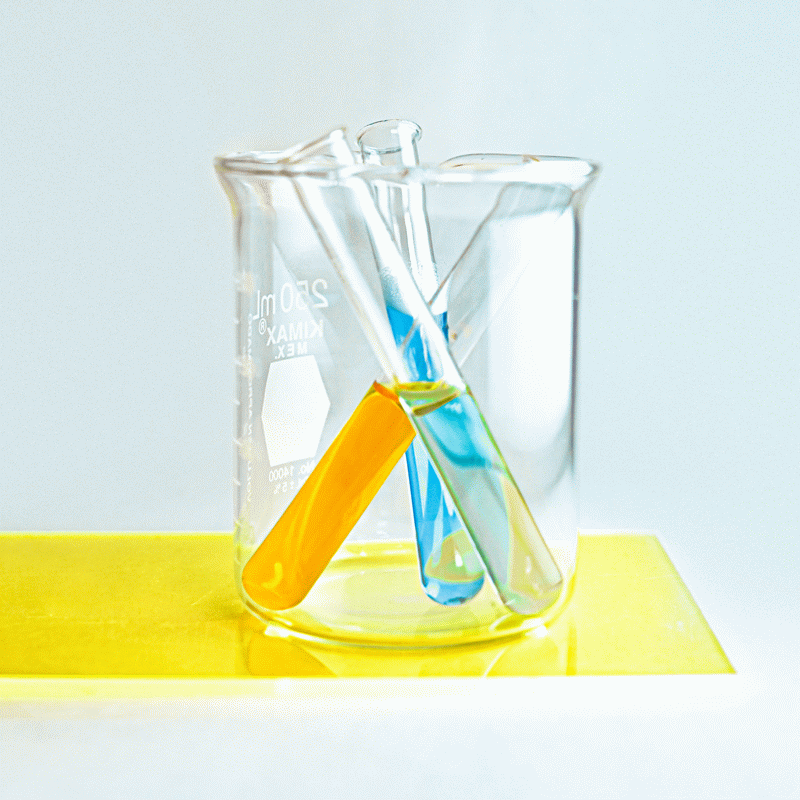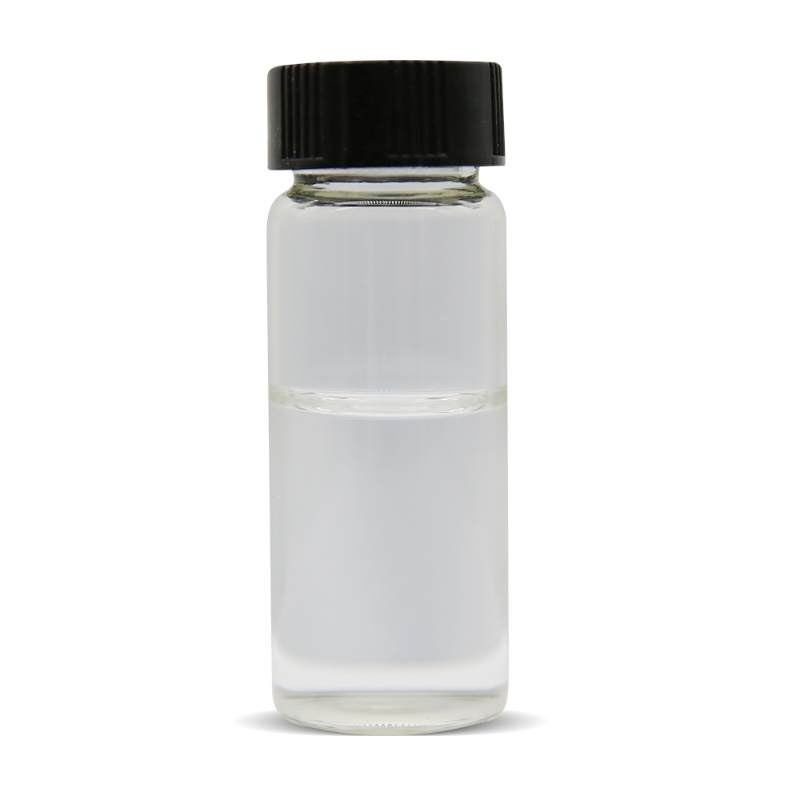Cosmetic Ingredient
- • Abrasive (124)
- • Absorbent (84)
- • Anticaking (66)
- • Anticorrosive (25)
- • Antifoaming (19)
- • Antimicrobials (290)
- • Antioxidant Ingredient (393)
- • Antiperspirant (20)
- • Antiplaque (48)
- • Anti-seborrheic (38)
- • Anti-sebum (39)
- • Antistatic (458)
- • Astringent (162)
- • Binding Agent (172)
- • Bleaching Agent (53)
- • Buffering (191)
- • Bulking (109)
- • Chelating (122)
- • Cleansing (679)
- • Cosmetic Colorant (212)
- • Cosmetic Preservative (158)
- • Denaturant (45)
- • Deodorant (98)
- • Depilatory (27)
- • Dissolving Agent (298)
- • Emollient (795)
- • Emulsifying Agent (480)
- • Emulsion Stabilising (154)
- • Exfoliating (19)
- • Film Forming (299)
- • Flavouring (72)
- • Foam Boosting (161)
- • Foaming (101)
- • Fragrance Ingredient (726)
- • Gel Forming (19)
- • Hair Conditioning (670)
- • Hair Dyeing (363)
- • Hair Fixing (36)
- • Hair Waving or Straightening (45)
- • Humectant (282)
- • Hydrotrope (92)
- • Keratolytic (20)
- • Light Stabilizer (80)
- • Moisturising Agent (50)
- • Nail Conditioning (42)
- • Occlusive (20)
- • Opacifying (119)
- • Oral Care (123)
- • Oxidising (19)
- • Perfuming (2105)
- • Plasticiser (98)
- • Propellant (19)
- • Reducing (50)
- • Refatting (12)
- • Refreshing (26)
- • Skin Cleansing (388)
- • Skin Conditioning (1751)
- • Skin Humectant (21)
- • Skin Protecting (282)
- • Smoothing (31)
- • Soothing (71)
- • Tonics (155)
- • UV Filter (34)
- • Viscosity Controlling (532)
Chemicals as Skincare Ingredients
Related News
-
Shell Considers Partnering with the U.S. and Closing European Chemical Assets
2025-03-26 -
Price Surge Alert as Major Suppliers Increase Barium Sulfate Costs by 200 Yuan per Ton
2025-03-20 -
Quaker Houghton Acquires Dipsol Chemicals, Strengthening Advanced Solutions Portfolio
2025-03-27 -
AstraZeneca to Invest $2.5 Billion to Establish Global Drug R&D Center in Beijing
2025-03-25 -
Saudi Aramco CEO: Invest in downstream projects in China's energy, chemical and other fields
2025-03-28 -
Dow's Silicones Downstream Expansion Project in Zhangjiagang Launches and Drives Market Innovation
2025-03-21
Cosmetic Preservative
Poly(hexamethylenebiguanide)
(28757-47-3)-
-
- / 99.00%
-
![Poly(hexamethylenebiguanide) CAS NO 28757-47-3 buy Poly(hexamethylenebiguanide) CAS NO 28757-47-3]()
Industrial Grade, Feed Grade, Food Grade, Pharma Grade / 99%
$11.11/KG EXW
-
![Poly(hexamethylenebiguanide) buy Poly(hexamethylenebiguanide)]()
Industrial Grade / 99%
Request for quotation , get quotes from more suppliers.
Potassium sulfite
(10117-38-1)-
- / 99.00%
-
- / 0.00%
-
Top Product / 0%
-
Industrial Grade / 99%
Request for quotation , get quotes from more suppliers.
-
Pharmacy Grade / 99%
-
- / 99.00%
-
Industrial Grade / 99%
-
![Phenyl benzoate buy Phenyl benzoate]()
Request for quotation , get quotes from more suppliers.
Propylparaben sodium
(35285-69-9)-
- / 99.00%
-
- / 99.00%
-
Pharmacy Grade / 99%
$8-10.4/KG FOB
-
pharmaceutical grade / 99.9%
Request for quotation , get quotes from more suppliers.
-
![chloroxylenol buy chloroxylenol]()
Industrial Grade / 99.0%
-
![chloroxylenol buy chloroxylenol]()
-
![chloroxylenol buy chloroxylenol]()
Industrial Grade / 99%
-
![chloroxylenol buy chloroxylenol]()
Request for quotation , get quotes from more suppliers.
Potassium propionate
(327-62-8)-
- / 99.00%
-
Feed Grade / 50%
-
Food Grade / 99%
-
Pharmacy Grade / 99%
Request for quotation , get quotes from more suppliers.
-
Food Grade / 99%
-
![Propyl benzoate buy Propyl benzoate]()
-
![PROPYL BENZOATE buy PROPYL BENZOATE]()
Industrial Grade / 99%
-
![PROPYL BENZOATE buy PROPYL BENZOATE]()
Request for quotation , get quotes from more suppliers.
-
Food Grade / 99%
-
Pharmacy Grade / 99%
-
![Potassium salicylate buy Potassium salicylate]()
Industrial Grade / 99%
-
![Potassium salicylate buy Potassium salicylate]()
Request for quotation , get quotes from more suppliers.
Polyaminopropyl biguanide
(133029-32-0)-
- / 99.00%
-
Good Grade / 99%
$10/KG FOB
-
industrial Grade / 98%
-
Pharmacy Grade / 99%
Request for quotation , get quotes from more suppliers.
-
![PHENYLMERCURIC ACETATE buy PHENYLMERCURIC ACETATE]()
Industrial Grade / 99%
Request for quotation , get quotes from more suppliers.
More Information
Microorganisms refer to tiny organisms that are invisible or barely visible to the naked eye (<0.1mm). They include single-celled organisms or multicellular structures with simple individual cells, as well as lower organisms lacking cellular structures.
Cosmetic products often contain complex ingredients such as oils, proteins, vitamins, carbohydrates, fatty acids, inorganic salts, minerals, etc., providing an excellent environment for microbial growth. Excessive microbial contamination can pose significant risks to consumers. Therefore, preservatives are essential in cosmetics.
Commonly used preservatives include:
•Phenoxyethanol
•Methylparaben
•Benzoic acid/Sodium benzoate












